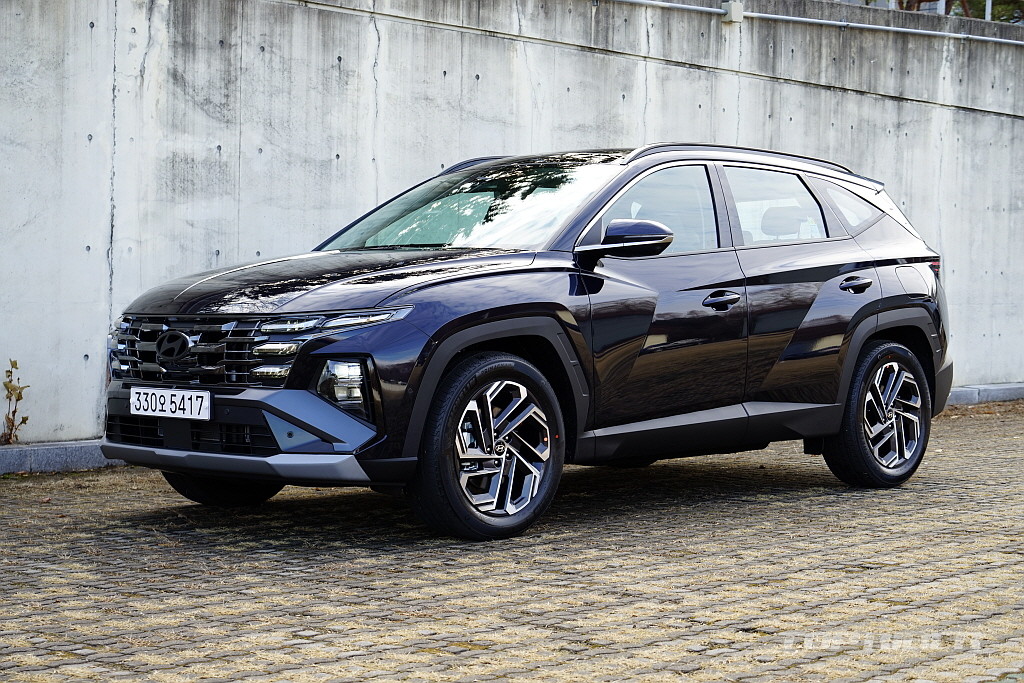
I test drove Hyundai Motor Company’s New Tucson (NX4 PE) 1.6T. The New Tucson is a facelift model that has made major changes to the interior design, as well as various changes to improve the quality of materials and ride comfort. The American-style long body is standard, making it a good option for customers who value space and usability.
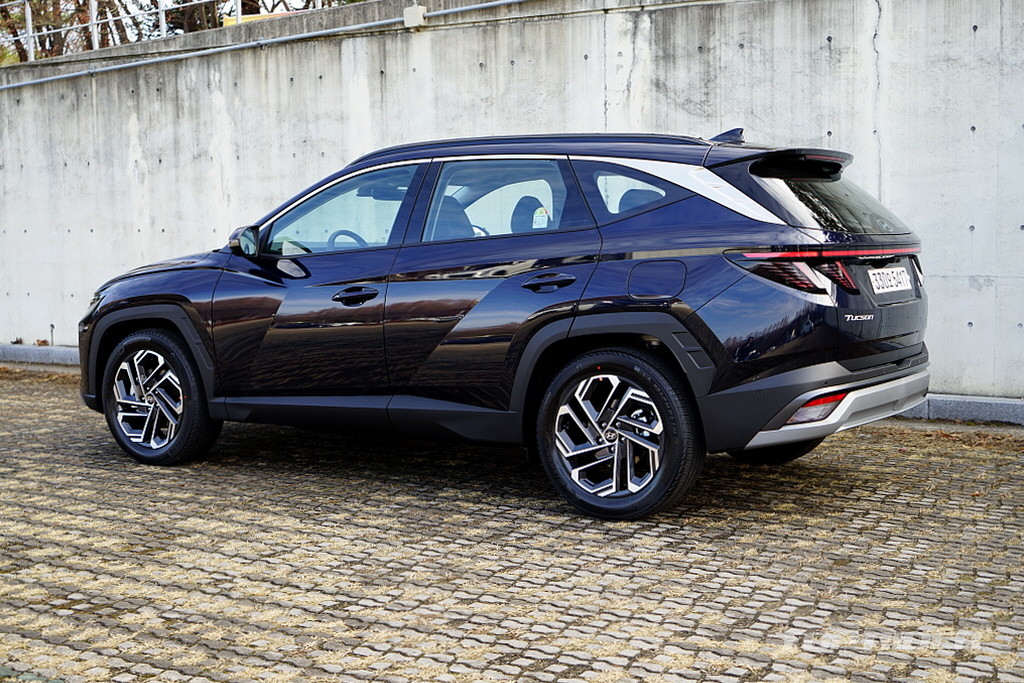
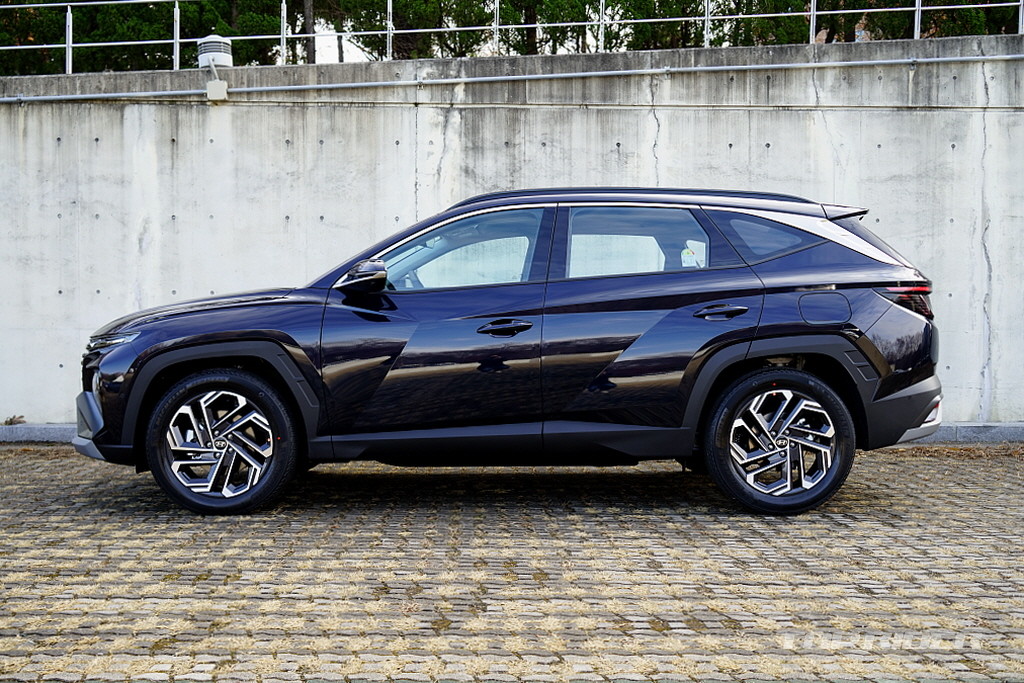
Tucson is Hyundai Motor Company’s global best-selling model and the only domestic car to enter the top 10 in global sales by model. Tucson’s cumulative global sales from January to October 2023 were 582,690 units, ahead of Kia Sportage’s 421,420 units. Domestic sales volume is only Tucson (40,156 units) and Sportage (64,010 units).
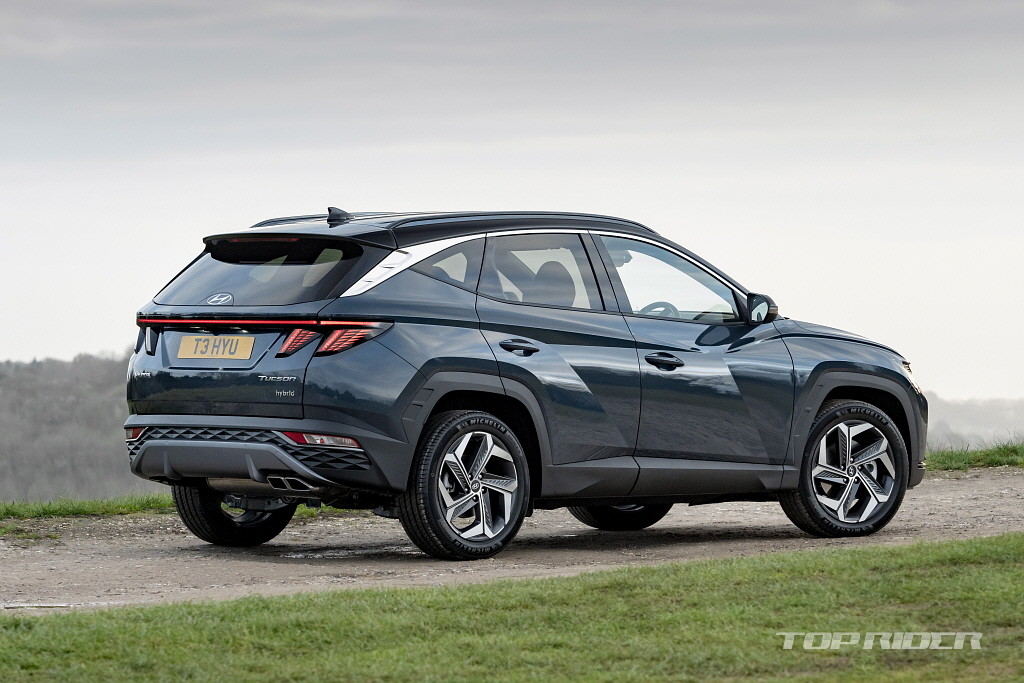
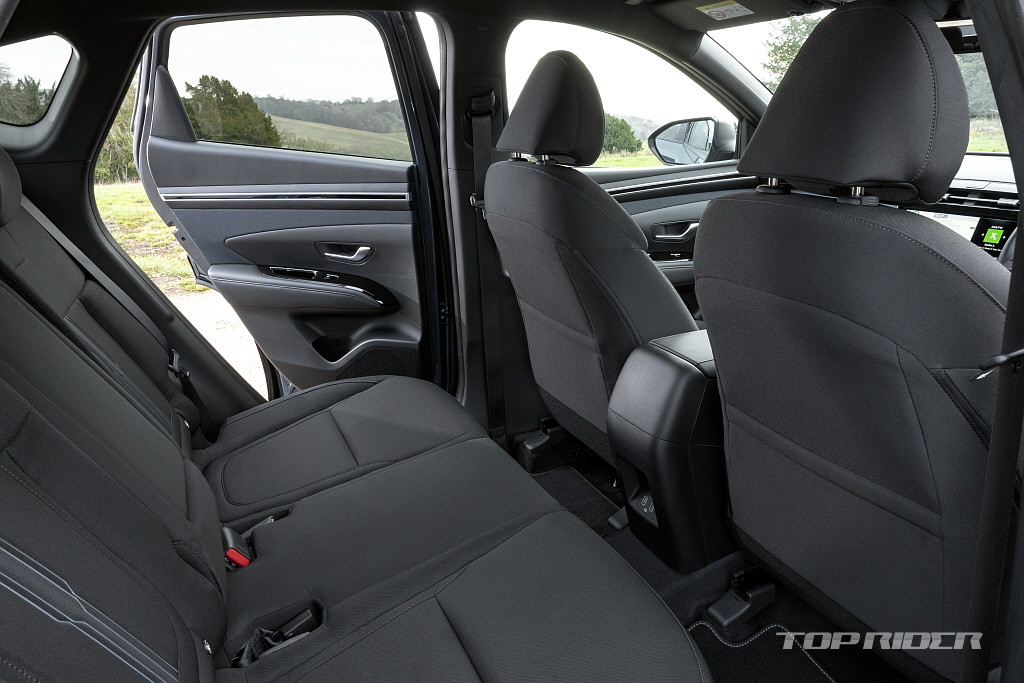
Tucson’s sales volume is due to its high popularity in the European and North American markets. In the case of vehicles with high global sales, various advanced specifications can be applied at a relatively low price through economies of scale as well as vehicle completeness. In fact, luxury is a key factor in improving the competitiveness of this new Tucson.

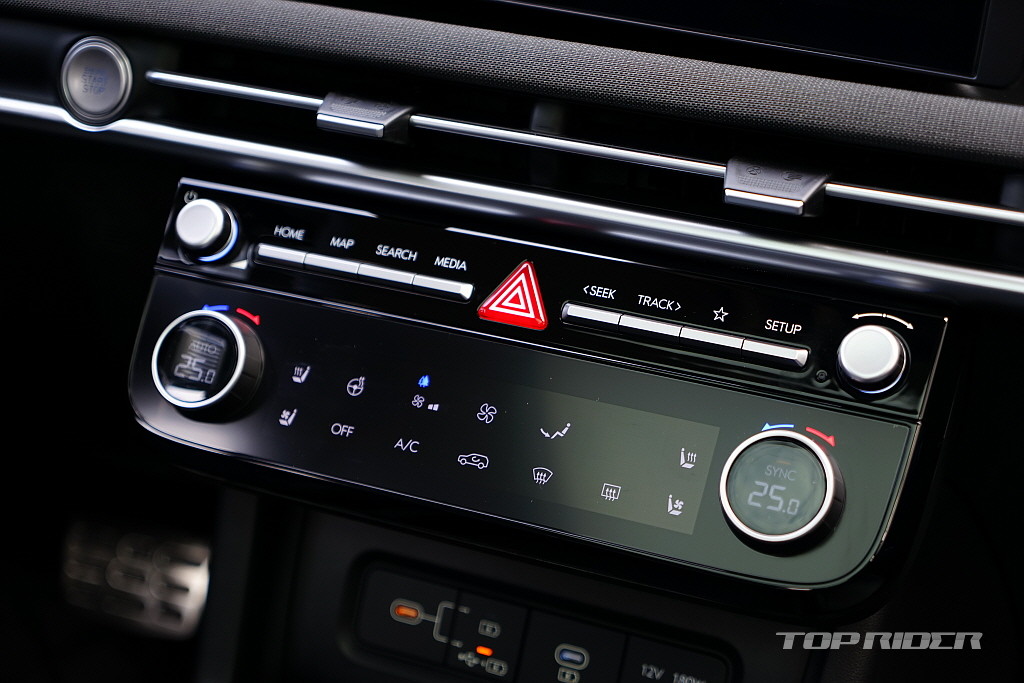
Next-generation infotainment system CCNC, cross wind control during high-speed driving, addition of reinforcement materials to reduce noise from the lower part and improve shielding, expansion of the sound absorbing and insulating material area of the front wheel guard and C-pillar, addition of sound absorbing and insulating material to the driver’s seat lower cover and B-pillar, and 2-way struts on the front wheel struts. Road noise was reduced by applying a dynamic damper.
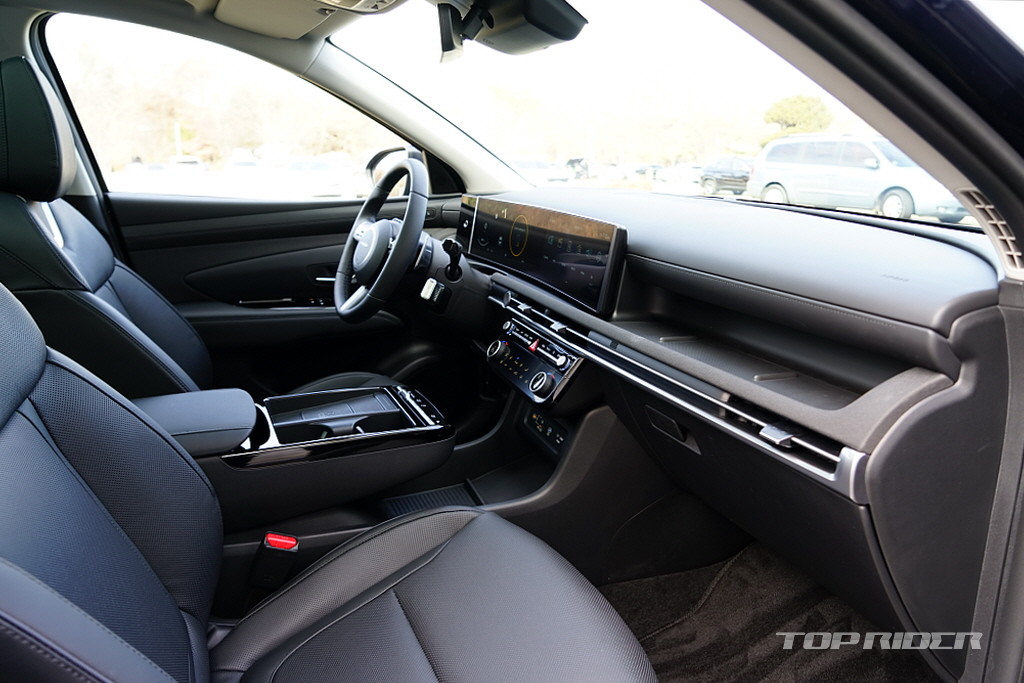
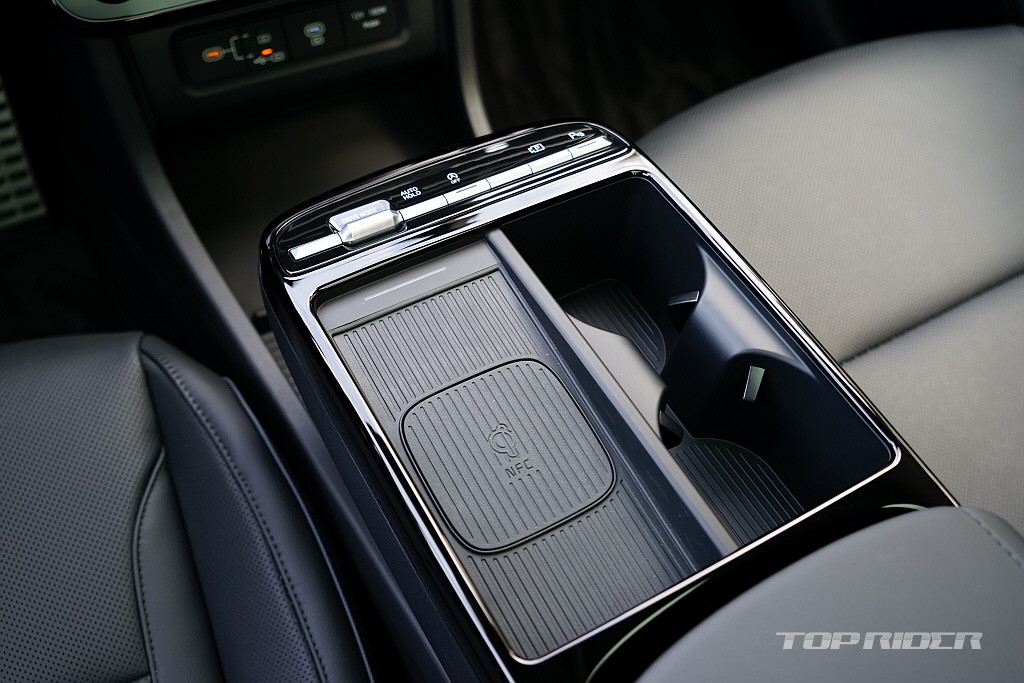
In addition, the main points of this change are the application of double-laminated sound insulation glass to the first row, enhanced crash safety to respond to enhanced safety tests, 8-airbags with side airbags in the second row, application of second-row seatbelt pretensioners, and enhanced braking performance. . In short, the emphasis is on improving indoor quietness and safety.
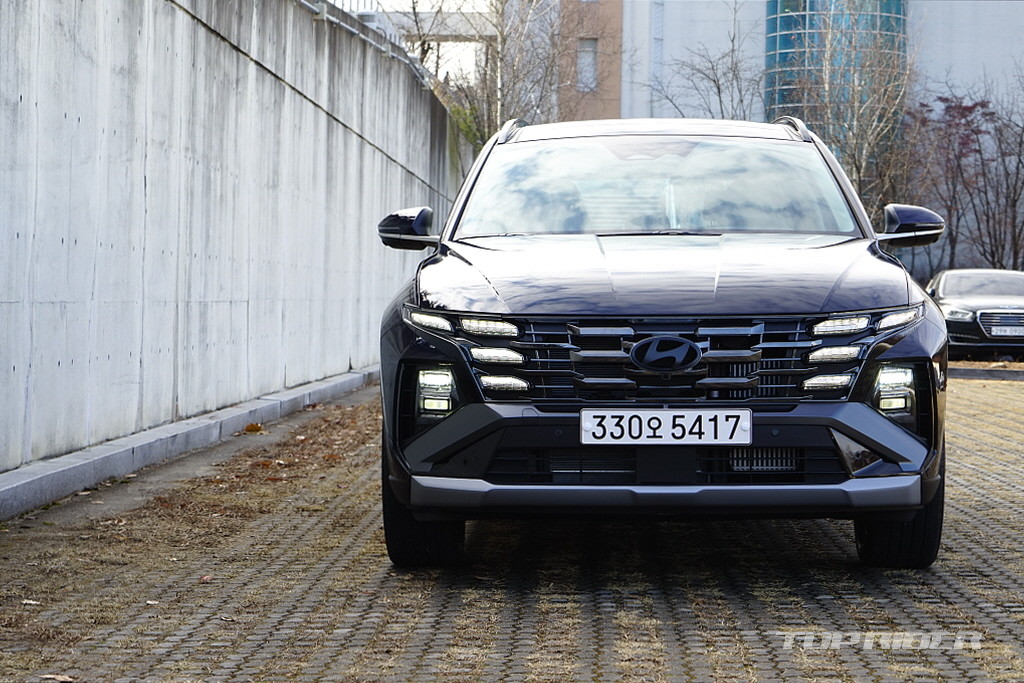
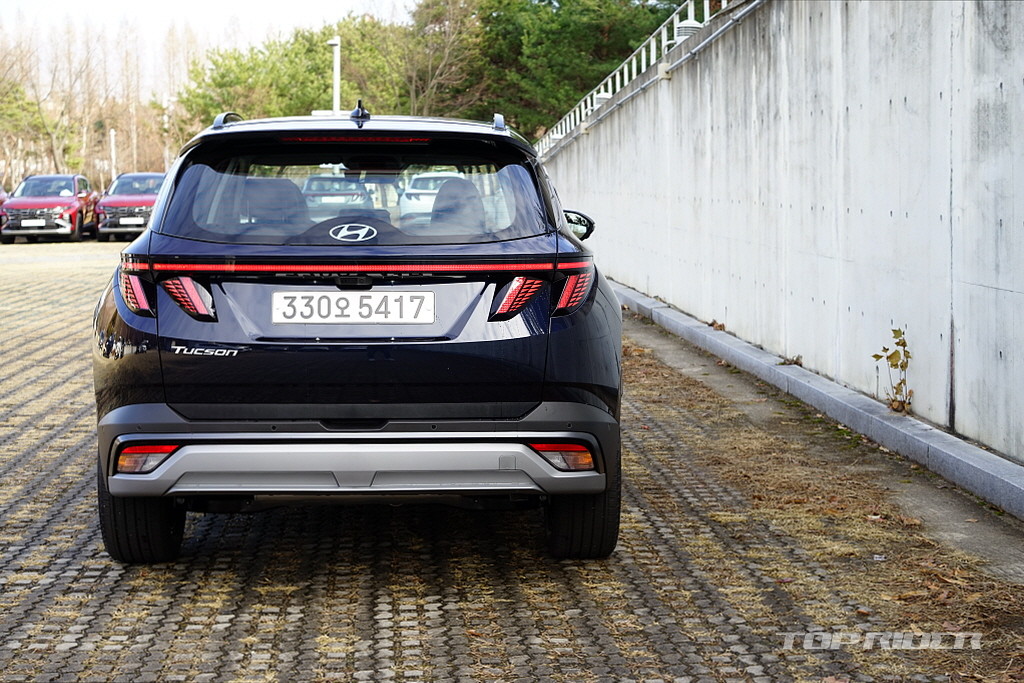
The exterior design of the new Tucson does not change significantly, unlike Hyundai Motor Company’s partially modified style. The front part has a larger wing-shaped LED daytime running light source, and the top two light sources have been changed to a 2-way system that also serves as turn signals. One of the big changes is that the auto high beam has been changed to a selective inspection type.

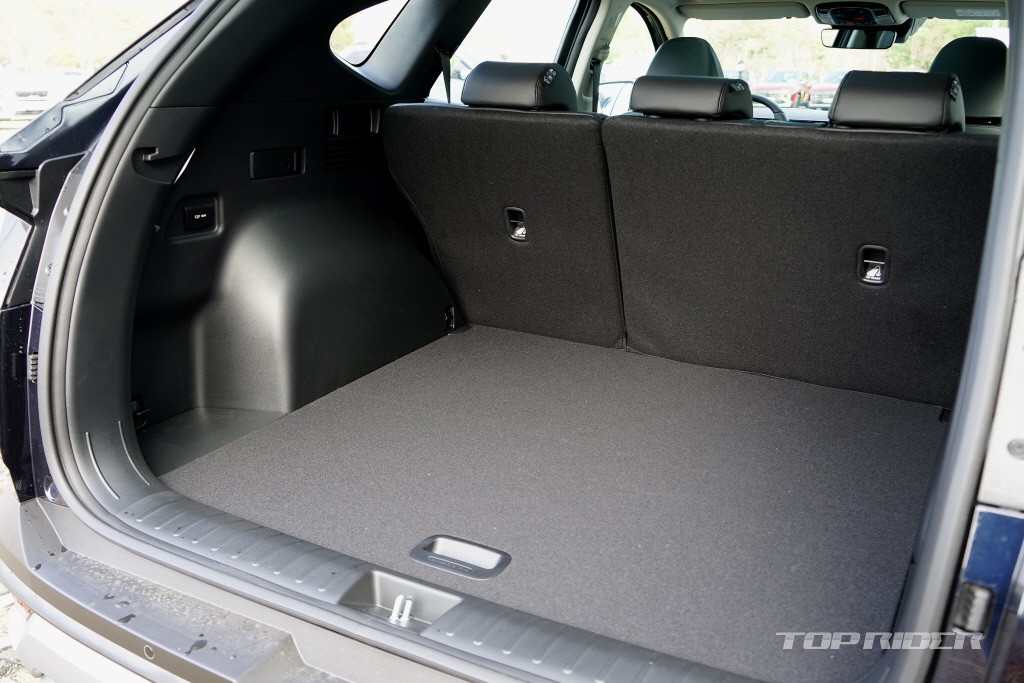
The rear part also looks similar to the existing one, but the fact that the position of the turn signal lamp is lower requires improvement. We look forward to changing it to a 2-way system that is linked to the taillights like the front. Minor changes were made, such as the lock button on the door handle being changed to a touch type and the sound of closing the second row door becoming heavier.
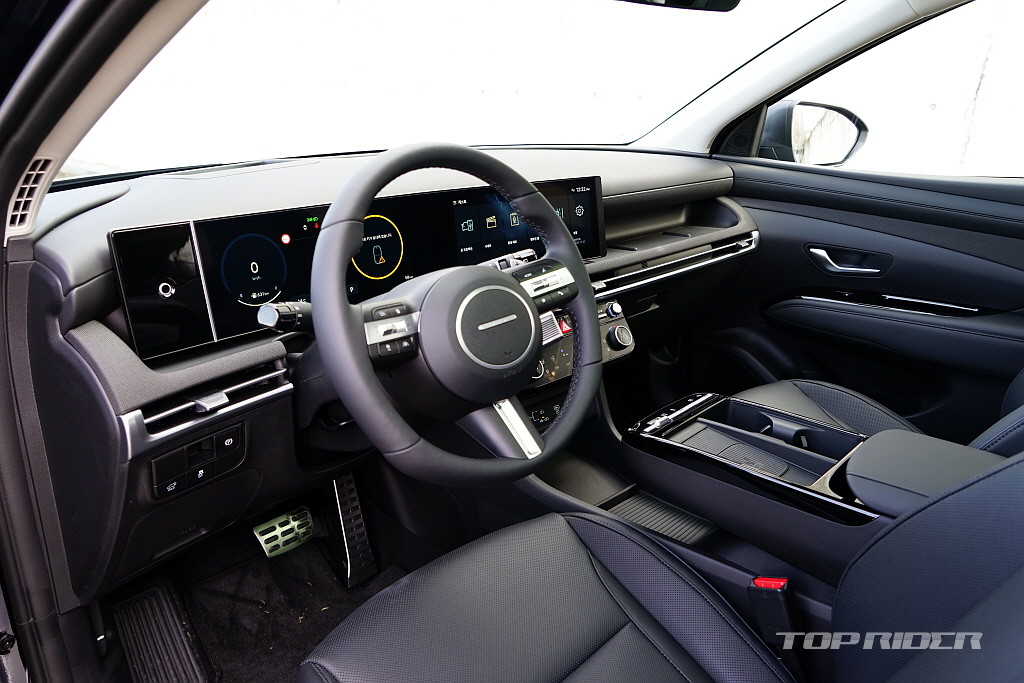

Inside, a panoramic curved display dominates the atmosphere. This is the latest version with ccNC applied, and the infotainment UI is highly complete. One of the noticeable changes is the improved quality of materials for the dashboard and door panels, and bright-colored interior is recommended. The common steering wheel is expected to see design changes.
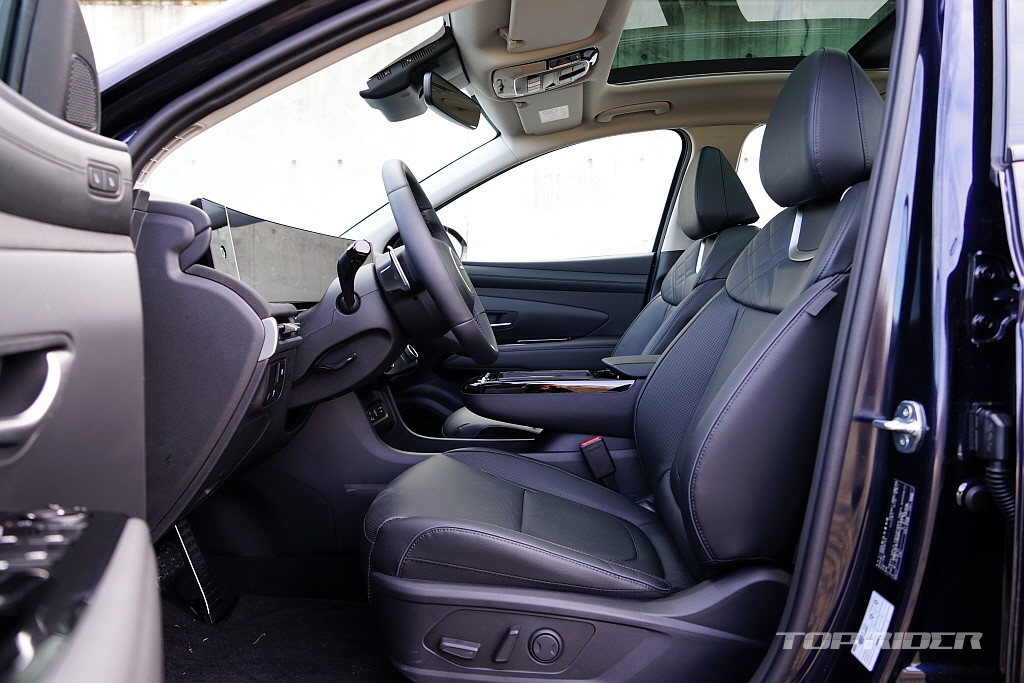
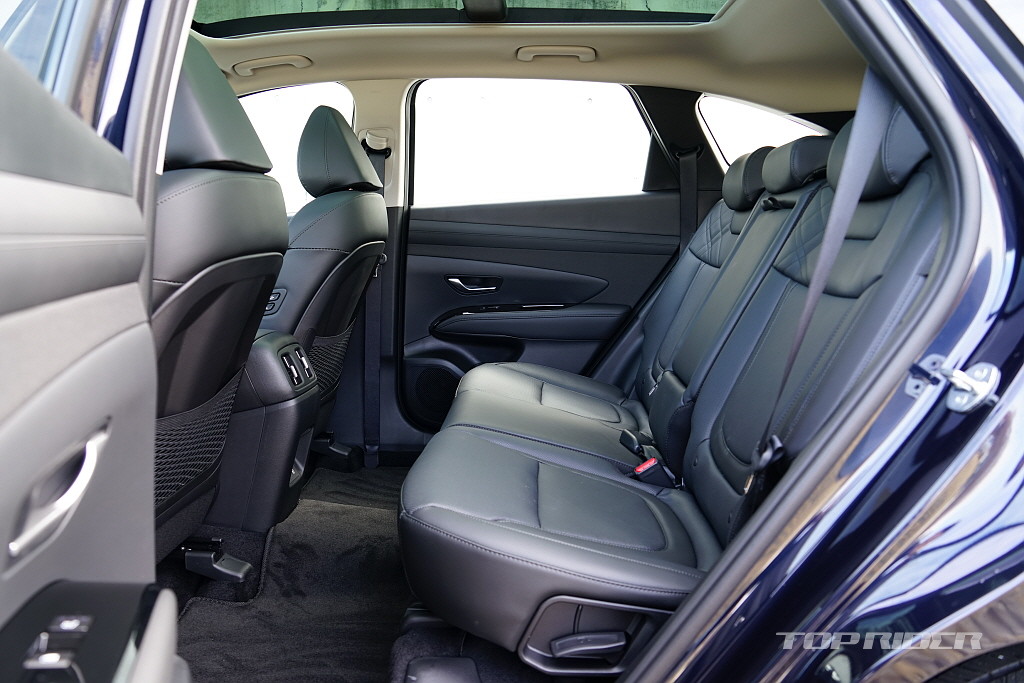
One of Tucson’s strengths is its spacious interior, which is similar to that of a mid-sized SUV. In particular, the second row seat position is good and the reclining range is wide, making it convenient to use. Unlike the European model, the domestic model is based on a North American longbody with a 75mm longer wheelbase. The wheelbase and interior space are the same as the Sportage.


Among the options, it is worth noting the best selection. Due to concerns over the increased price, be sure to select the 1.94 million won modern trim, which includes navigation, indoor fingerprint authentication, auto air conditioning, rain sensor, hi-pass, heated and ventilated first row seats, heated steering wheel, leather steering wheel, and Hyundai Smart Sense. I recommend you.

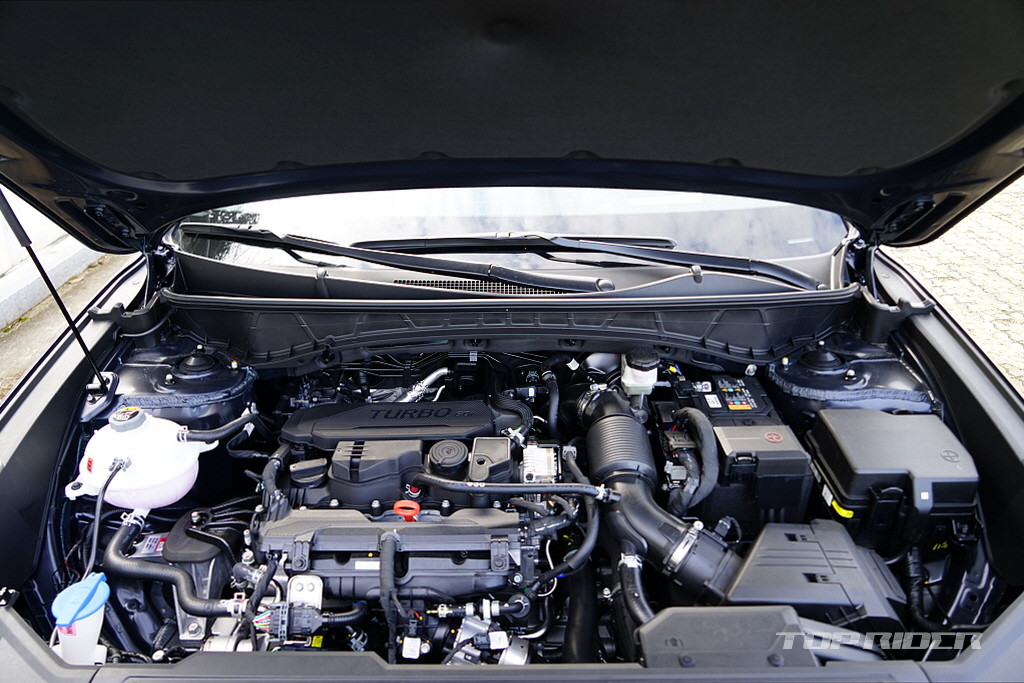
The powertrain is a combination of a 1.6-liter Smart Stream 4-cylinder gasoline turbo and a 7-speed DCT transmission, producing a maximum output of 180 horsepower (5,500 rpm) and a maximum torque of 27.0 kgm (1,500-4,500 rpm). The curb weight based on 2WD 19-inch wheels is 1575kg, domestic combined fuel efficiency is 12.0km/l (city 10.9, high speed 13.6), 2.0 diesel 13.9km/l.
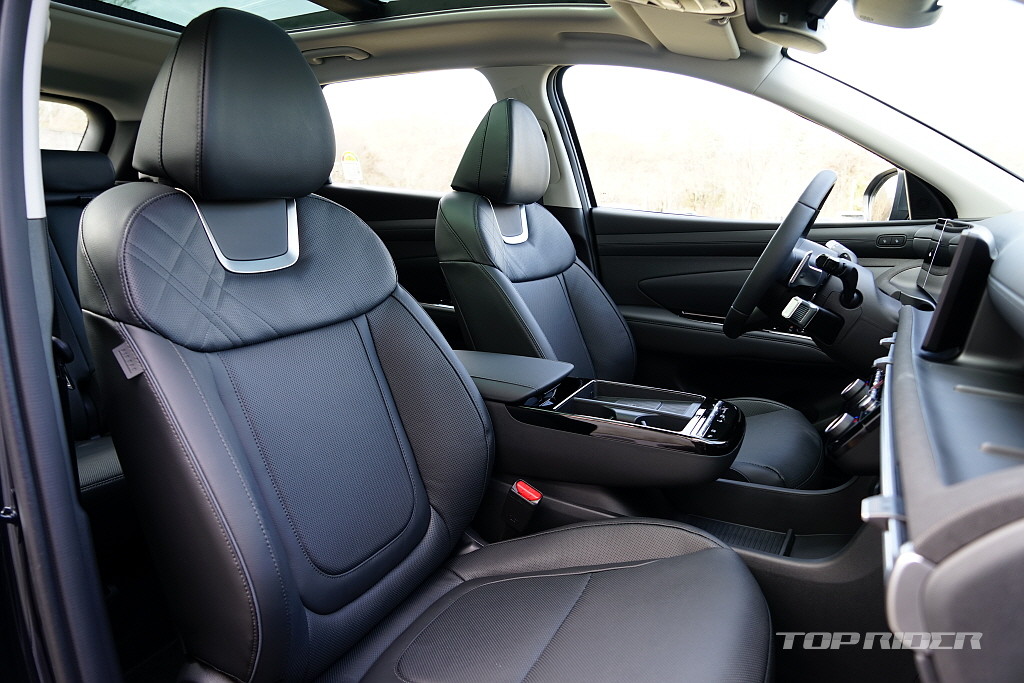
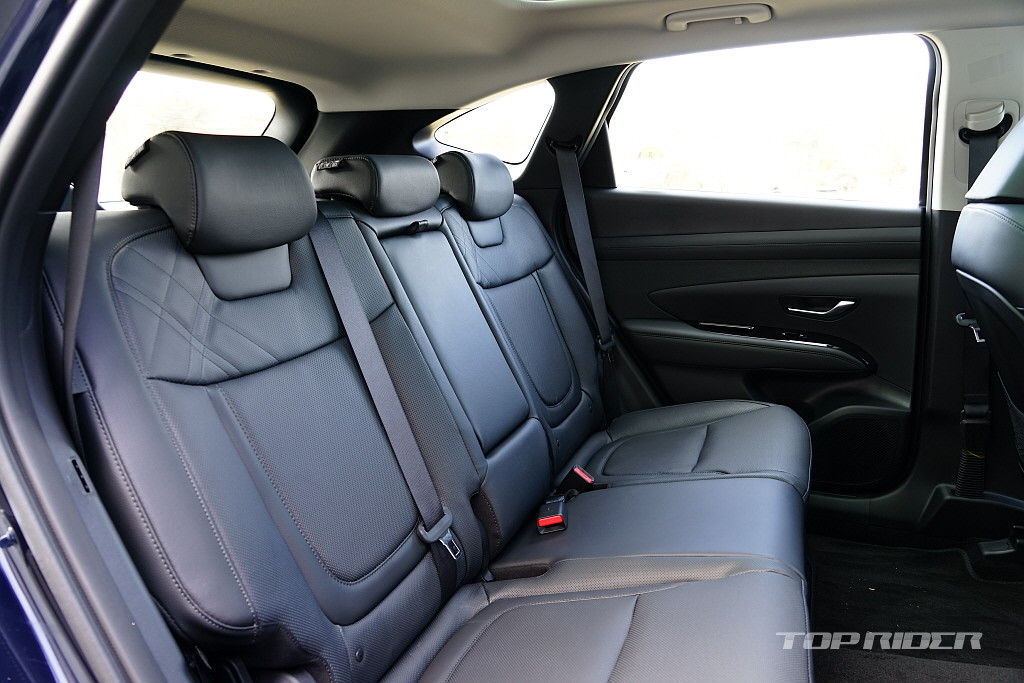
Noise and vibration when stopping are at a satisfactory level. The basic noise and vibration of the 1.6 Smart Stream Turbo is not large, but quietness has been greatly improved by strengthening soundproofing measures. If the existing Tucson was in the Avante class, the new Tucson is in the new Sonata class. The shifting feel of the DCT at low and medium speeds also appears to have improved somewhat.
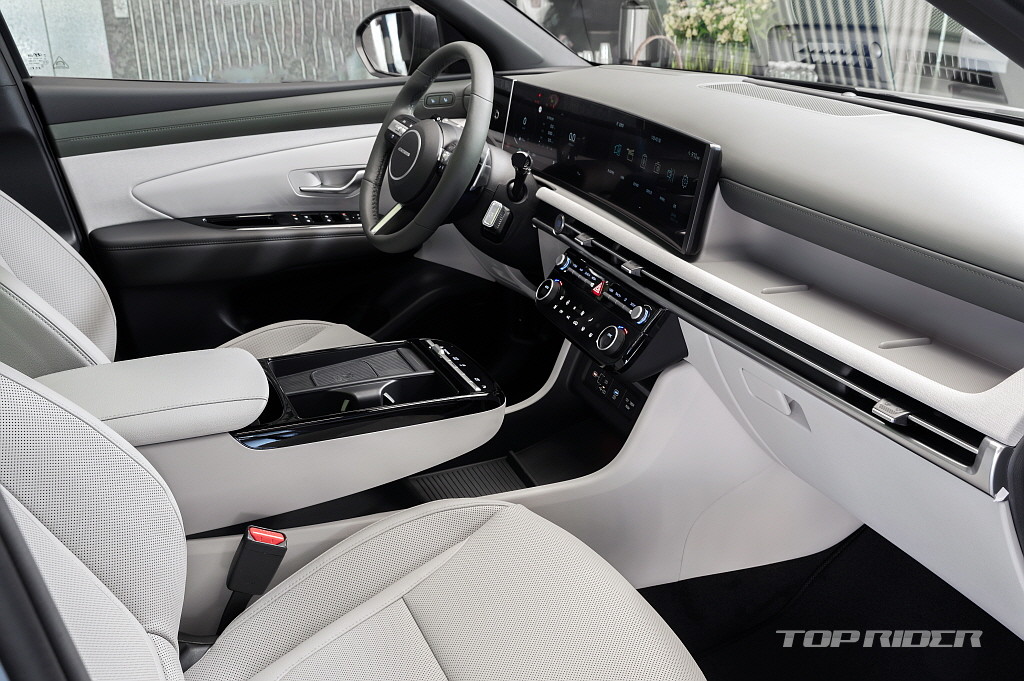

Acceleration is quite brisk. However, acceleration in daily driving is smooth, but when accelerating hard, there is a slight pause at the beginning and then rapid acceleration, which shows that there is room for improvement in the transmission’s skip shift logic. Smart driving mode is in the MY mode settings.


When driving at high speeds, the noise transmitted into the interior is greatly reduced. The sense of shielding from the outside has been significantly improved by reinforcing sound absorbing and insulating materials and applying new ones. The application of first-row sound-insulating glass also plays a big role. The panoramic sunroof has a significant sense of openness, and the Santa Fe’s change to a two-piece system has become a new differentiator for the Tucson.
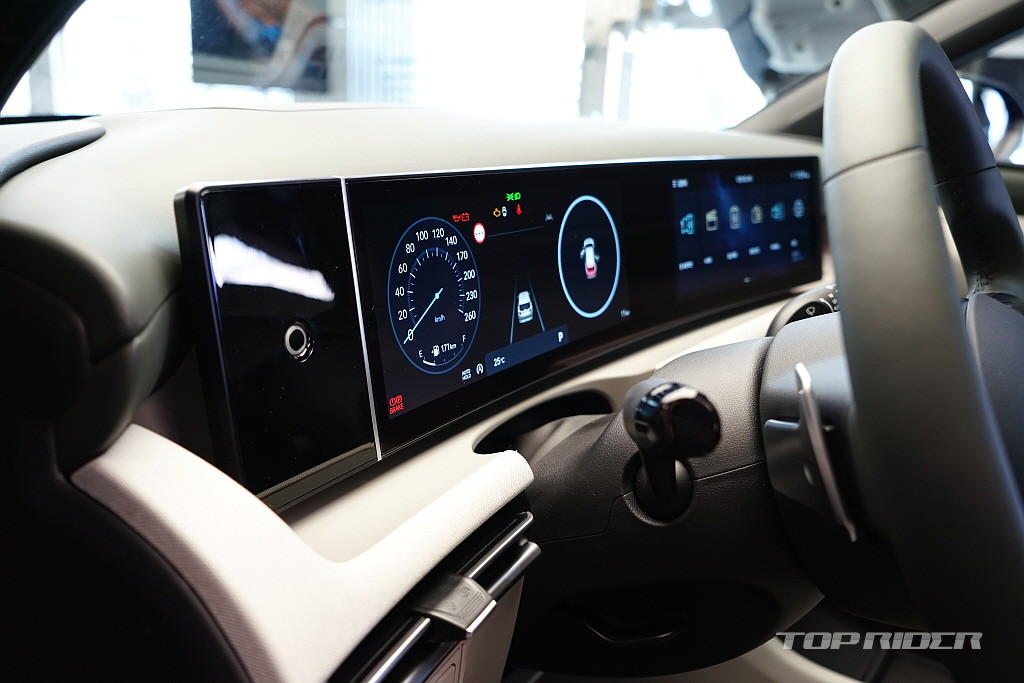
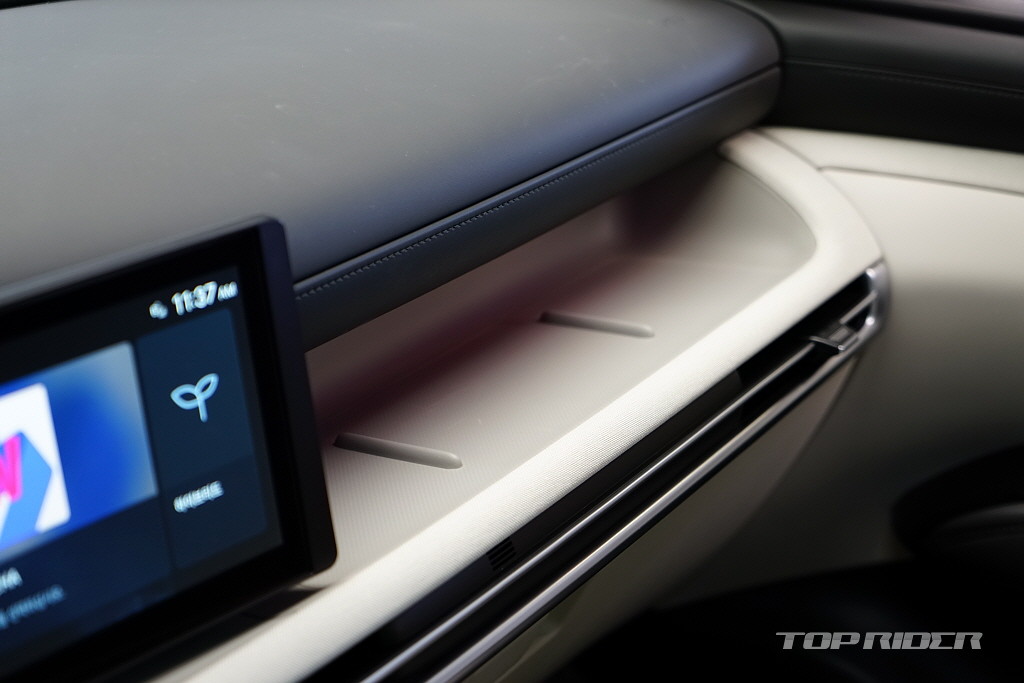
Changes are also noticeable in ride comfort. Basically, the soft setup is similar to the previous one, but the movement to regain your posture after crossing a speed bump is more simple. It is believed that a product different from the existing damper was used in terms of performance and capacity. When driving at high speeds, the road surface gets slightly rough around 150km/h.

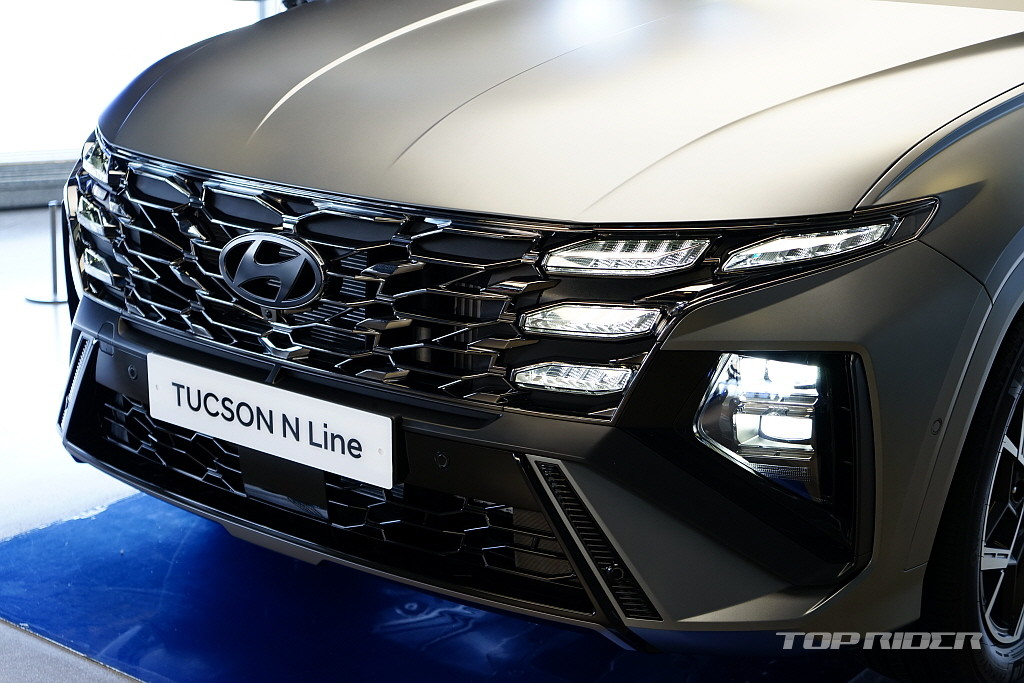
Tucson is also showing good sales in Europe, and this model is a short body model with a 75mm shorter wheelbase. In general, short body models have better driving feel in the same body. The N line is currently positioned only as a design edition, and it would be good to tighten the suspension slightly.
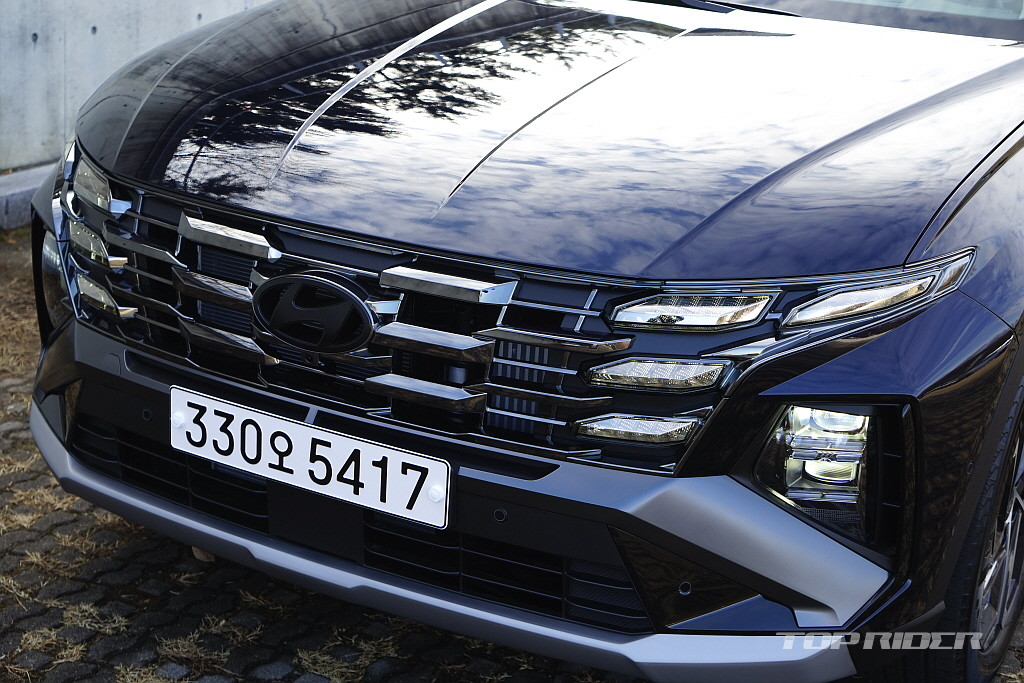
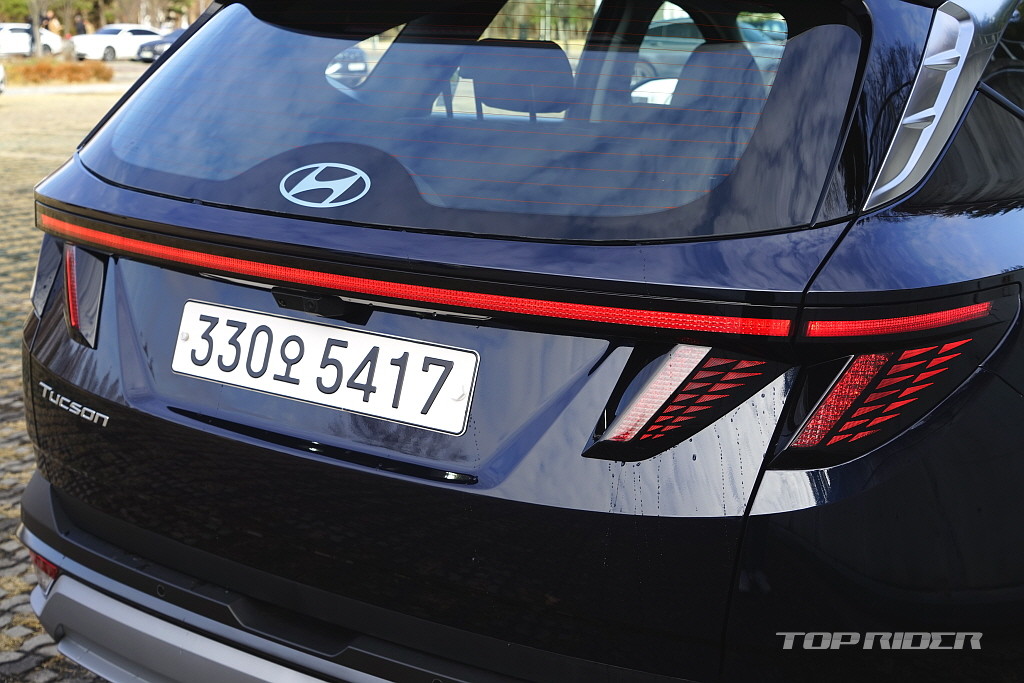
The level of completeness of Hyundai Motor Company’s driving assistance systems is such that slightly improved versions are applied to the latest models regardless of car class. In the case of the new Tucson, the level of completeness of the basic steering assistance belongs to the top group of mass-produced cars. Detecting sudden changes in speed of the vehicle ahead and the resulting movement in sudden deceleration situations are natural.

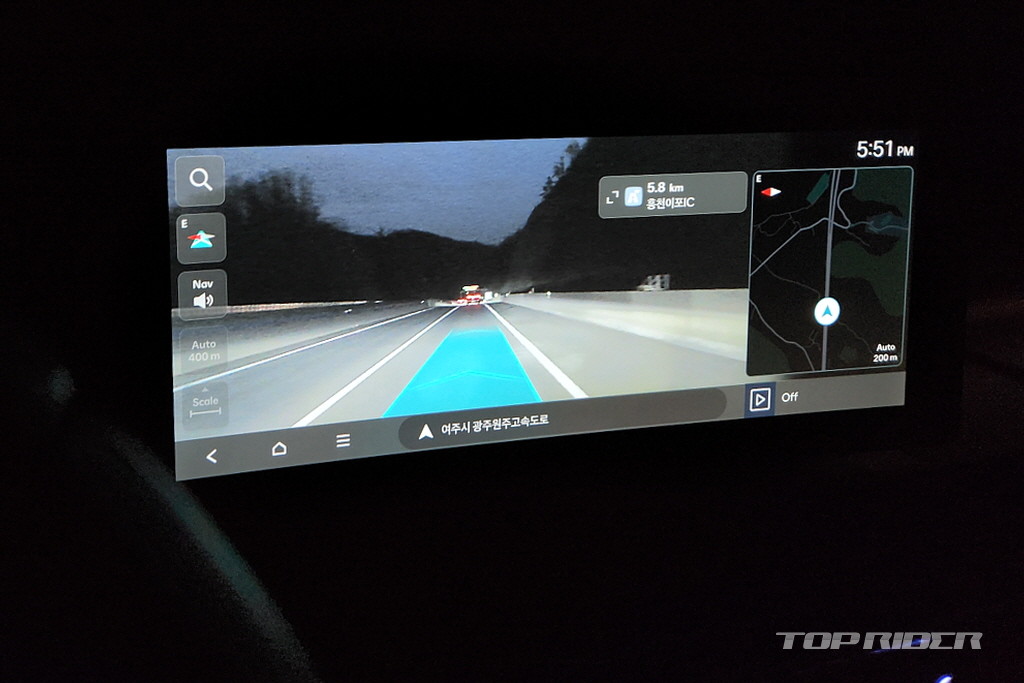
Built-in Cam 2, which is tied to augmented reality navigation, is a version that even allows voice recording. When playing a video, the navigation location, movement, time zone, video, and audio are recorded, raising concerns about privacy infringement. Considering that the price of the package option is 450,000 won, it is difficult not to choose that option as well.

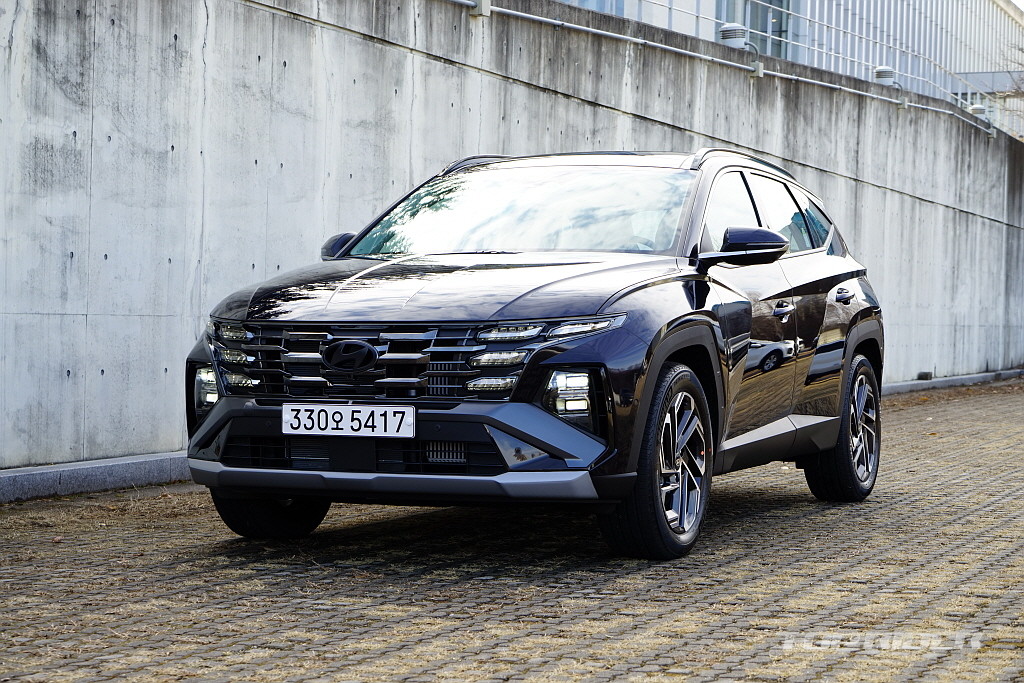
The changes to the New Tucson are significant in strengthening completeness through improved interior design, quietness, and improved ride comfort. The fact that there is little change in the exterior design when changing parts shows confidence in making the car. Although the price of 38 million won for the full package is burdensome, the vehicle configuration and cost-effectiveness are still attractive.
